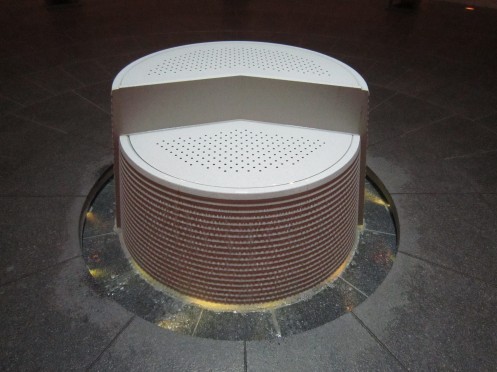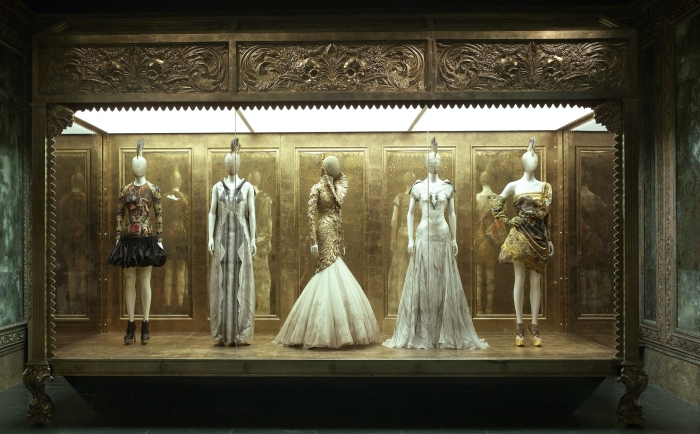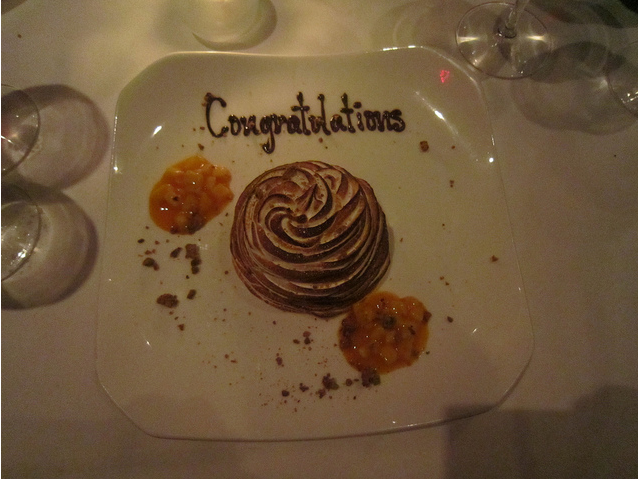
I didn’t realize I was going to be in Hiroshima in the week of the 65th anniversary of the dropping of the atomic bomb. And I suppose it doesn’t make any difference to my thinking that I was. Yet birthdays are always a ripe time for reflection. And 65 years is both a long time and a mere heartbeat. To my mind, the event for which Hiroshima is renowned feels like it took place in another world, and I find the fact that there are still survivors left to tell the tale of what happened to them when the bomb landed somehow astonishing. The hibakusha, as they are known, are a dying breed, of course, as are the veterans of every nation involved in that particular world war, but it’s so old school. We’ve come so far since then, right? Oh. Right.

What struck me as I toured the permanent exhibit at the Peace Memorial Museum in Hiroshima and the various installations that make up the city’s Peace Memorial Park was a theme I’ve touched on before and one I’ve thought about in this context ever since Ian McEwan published his devastating op ed in the Guardian just after the awful event of September 11, 2001. As McEwan put so beautifully, what makes any of us matter in this world is our relationships with other people. As he wrote about the people on those planes on 9/11, their desire to reach out to those who meant the most to them is essentially what elevates the human being. “Those snatched and anguished assertions of love were their defiance,” he writes of those last, anguished phone calls.

Yet the decision-making process leading up to dropping the atomic bomb on Hiroshima effectively stripped the city’s people of their humanity. Take this excerpt from the June 6th 1945 entry of the diary of Ally Secretary of War, Henry Stimson, highlighted at the Peace Memorial Museum exhibition: “I was a little fearful that before we could get ready the Air Force might have Japan so thoroughly bombed out that the new weapon would not have a fair background to show its strength.”
Through propaganda, a fervent belief in the Allied cause, or whatever it was, Stimson had dehumanized the Japanese nation to the extent that bombing them didn’t mean the obliteration of hundreds of thousands of people, it meant a delightful emphasis of firepower. It’s a common strategy in war. By all accounts, the Japanese had so dehumanized the Chinese that an event such as the Nanking Massacre in 1937 saw its soldiers sink to depths of terrible savagery (Chinese estimates put the death toll there at 300,000). The 9/11 terrorists surely weren’t thinking of individuals or families as they flew planes into buildings. Rwanda, Bosnia, Iraq, sadly the list goes on and on. One effective way to motivate an army is to turn the enemy into caricature subhumans.

These days, though of course soldiers are still only too present in many a warzone around the world, the disconnect from the battlefield is only growing. When the plane doesn’t need a pilot, it’s even easier for war to be both entirely abstract to the perpetrator and utterly devastating to those on the ground. After all, there’s no need to rally robots. Just set them to “destroy”.
Anyway, back in 1945, Stimson got his wish. The new weapon showed its strength and the era of disconnected warfare went up a gear. 140,000 people are estimated to have died in Hiroshima by the end of 1945.
I thought I was coping pretty well with the exhibit, which is filled with the bloody rags of the clothing people had been wearing when the bomb went off, along with their battered possessions. And then I watched the video testimony of one survivor. I’m not sure when it was filmed, though clearly fairly recently. She described how her son had died in his bed, the buttons of his pajamas burned into his skin. A few days later, her daughter died and last, a few weeks after that, her husband. Her lip trembled as she spoke to the interviewer. “We used to be such a happy family,” she said quietly. “The A-bomb destroyed my life.” And that did it. Her simple, quiet recognition of what had happened to her was a gut-wrenching reminder of the human devastation wrought by an event that the records of the industrial military complex have sought to classify as just an interesting landmark on the path to progress.

And so, on the anniversary of Enola Gay flying to drop her deadly cargo, I have the awful sense that even as we’ve come so far, we haven’t really come anywhere at all. But in an effort to use the sadness of this depressing anniversary as the catalyst for something positive, a word for all my own extensive support network of amazing people: thanks and love; you rock.
Pictures: the 08:15 time of the bomb blast is used as a motif throughout many of the installations in the Peace park, including graphics in the Peace Memorial Museum and a fountain in the Peace Memorial Hall for Atomic Bomb Victims. My hotel was right beside the A-Bomb Dome, which pretty much took a direct hit from the bomb. Everyone inside was killed, while the walls and roof were blown out. The structure stands, and has now been shored up as a physical symbol of the day’s events. The skeletal dome itself is lit at night. I didn’t take pictures of much of the exhibit; it felt wrong, somehow. The glass bottles were fused together in the blast.





















